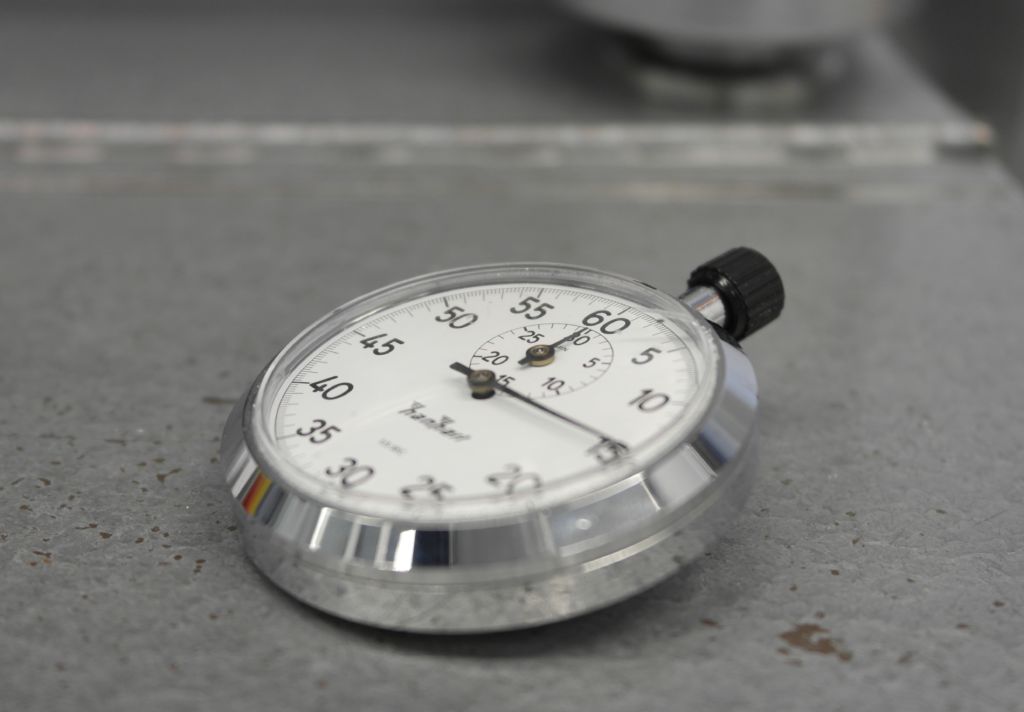
We began the previous article by stating, “To ensure sales and to achieve planned profitability, it is no longer enough for today’s fashion brands to be on the cutting edge. In seconds, from anywhere in the world, even without leaving home, the office or while enjoying a good coffee, current and digital consumers can find and share a trend in social networks. As a result, “hot styles” can be sold quickly, while “erroneous styles” are not sold, even with large discounts.
We continued with, “When comparing the market leaders with the rest, the big differences can be perceived and it is very clear that the best results are obtained by those brands that use daily their deep knowledge of the new consumer. Not only that, but they use that knowledge from the very beginning of the process of developing the collections, managing to have in their stores and on the web the different styles ready for sale in weeks, NOT months. As we all know, ‘time is the ultimate resource of current fashion‘”.
Data and consumer analysis.
Data analysis and in-depth consumer insights enable fashion brands to stay at the forefront and get the best possible results.
Due to this system, at present, companies have a large volume of data and they even complain because they do not get to analyze it to generate greater understanding through it. These organizations can take advantage of on-line sources to deepen their knowledge of what the consumer wants and is looking for in the market. Next we include a list of these sources and how they relate to the product creation process.
Analysis of web search trends
Optimum results are achieved by searching for real-time information on the web itself, observing what digital consumers are researching online about the products they want. Topics are investigated as trends in major search engines and then search rankings are tracked on the websites of reference brands of similar styles.
The example given in The need for speed: Capturing today’s fashion consumer report is as follows: Are searches for bomber jackets a trend on the web today? What or how are searches for bomber jackets conducted on the websites of market leaders and mirror brands?
Social Networks.
The leading fashion brands use advanced visual recognition tools to identify styles and colors that tend to be trending in social networks. If a brand analyst designer registers the “likes” and positive feedback on a particular jacket model on social networks, they are obviously recognizing an opportunity and if managed correctly, it will generate a possibility of creation and future sale.
Competitor Analysis.
The in-depth scanning of competitors provides a visualization and greater knowledge of the product in the market. The leading brand – which could also be an inspirational brand – highlights opportunities for other market players. In addition to the number of bomber jackets, the brand needs to know exactly what specific style to produce. The company could use a web-scraping program to see competitors’ offers by price. For example: How broad is the assortment of the competitor or market leader?
Product Ratings
Observing, analyzing and quantifying digital consumer ratings on the product, by attributes, price and style, provide an idea of what is in trend for a specific type of customer.
Through this, the brand could produce the right product alternative for bomber style jackets determined by their color, pattern and cut. These data may indicate, for example, that solid colors currently have a higher rating by consumers – likes – than metallic or printed versions.
Digital native companies are the leaders in these competencies and in harnessing the power of these sources. These companies have digital platforms and teams of data scientists trained and equipped to optimize a different model. Fashion brands need to follow this example or they will continue to see their recurring loss in the marketplace.
Building a faster, more flexible and customized supply chain. 
The report mentioned goes beyond social network research and tells us that the winners have significantly reduced the time to market, but they also recognize that not all products require a fast supply chain. Leading fashion companies, based on sales predictability have divided their product lines into the following supply chain segments:
Long cycle for basic and permanent models
Long lead times, six months or more, are acceptable for basic styles and reorders. Optimized sourcing gets the best value for money on these products.
Shorter cycle for seasonal central collection
Retailers with the use of advanced visual recognition tools to identify styles and colors detect trends in social networks and the web and design and develop this typology of product based on them.
Express cycle for new in-season products
An even shorter cycle, from three to six weeks from design to delivery, allows brands to inject novelties or innovative models during the season with production in proximity and materials in stock.
Reading and reaction model for new and untested products.
Thorough monitoring of these items during the season (e.g. patterns and trend colors) ensures rapid replenishment of best-selling styles and easy cancellation of “error models”.
Test model for riskier products.
Launching virtual test lots or small batches of samples in physical stores of a model with very distinct trends provides information on consumer response before making a full commitment to the product and its possible production order.
Bottom line: Generate agility to get started.
Digitization of concept, design, and sampling can reduce many weeks from the typical process, which often becomes slow with multiple deliveries and an excessive development cycle. While a digitized model may not be comfortable for designers and retailers, it must become the new way of working in fashion.
In this respect I recommend you to read these two articles where we analyzed the topic in depth: Digitization, next origin of fashion sourcing & 3D Design and predictive analysis in fashion.
Companies progress quickly by putting a higher-level team in charge and demonstrating that they can design and deliver at full speed in a single season. Their energy and success should inspire the organization to find a repeatable process that infused with consumer information is exorbitantly fast on its way to market.










































